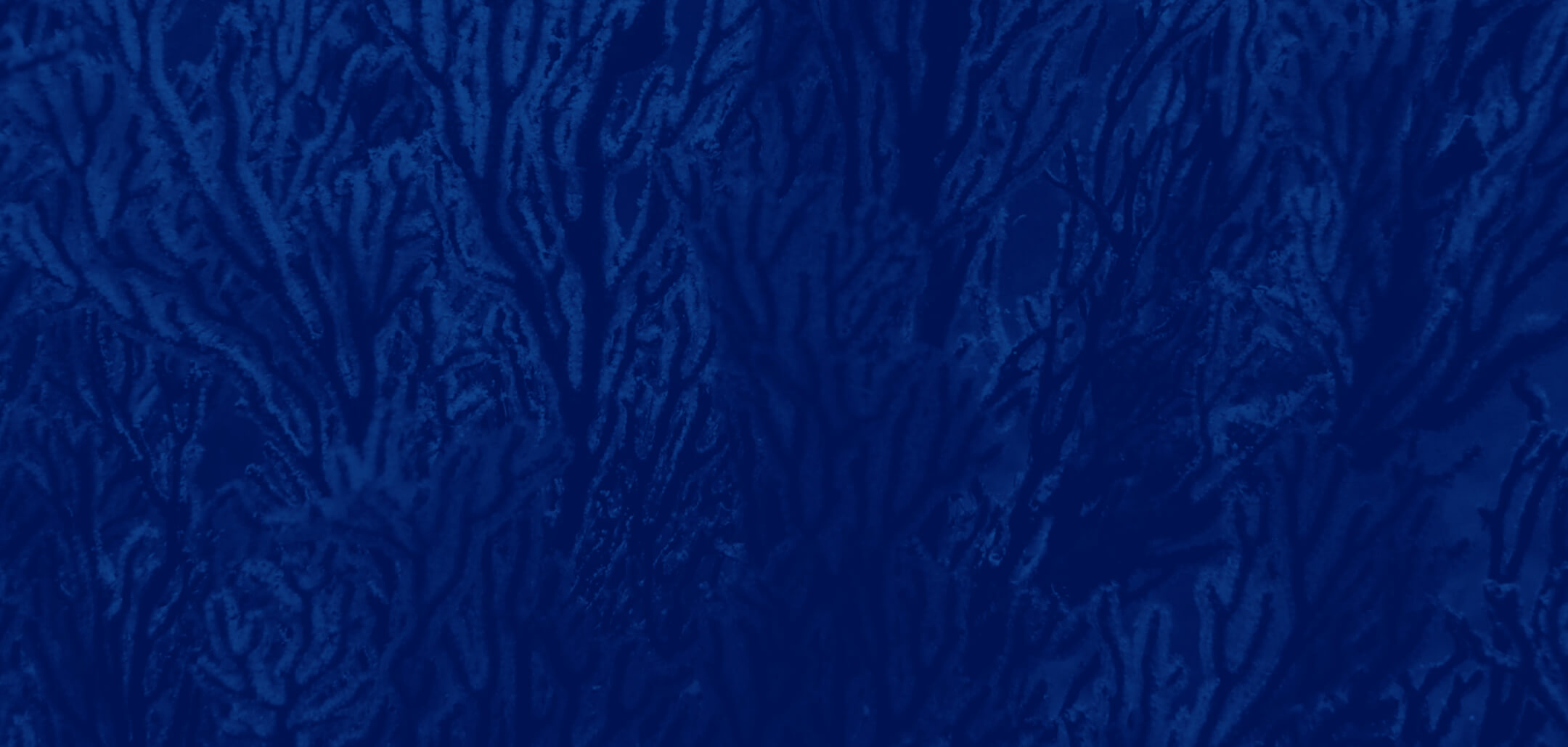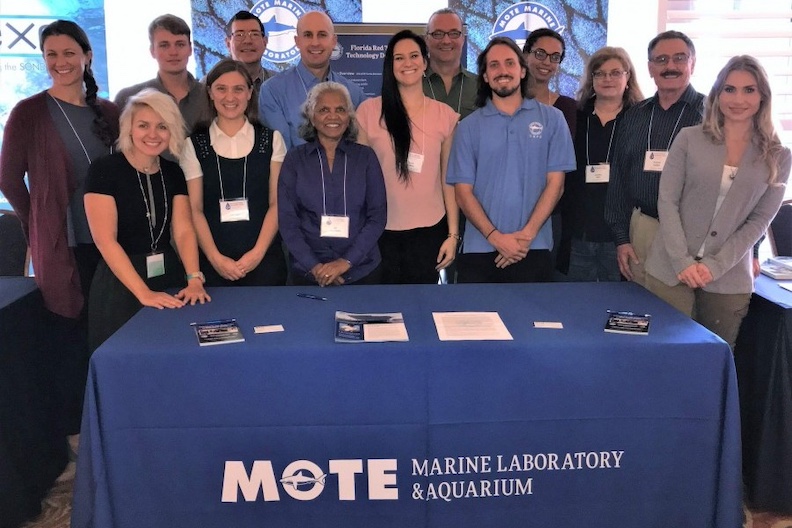Mote Marine Laboratory announced the Florida Red Tide Mitigation and Technology Development Initiative’s first competitive grant opportunity for scientists working to fight red tide impacts on Nov. 7 during the 10th U.S. Symposium on Harmful Algae in Orange Beach, Alabama.
The Initiative is a partnership between Mote—a 64-year nonprofit leader of independent and entrepreneurial marine science including decades of red tide research and monitoring—and the Florida Fish and Wildlife Conservation Commission’s (FWC’s) Fish and Wildlife Research Institute—the primary state-government entity focused on Florida red tide. Florida red tides are harmful algal blooms caused by higher-than-normal concentrations of Karenia brevis, microscopic algae native to the Gulf of Mexico. Florida red tide toxins can cause widespread mortality of fish and marine wildlife and cause respiratory irritation in people. The Initiative establishes an independent, coordinated effort among public and private research entities to develop prevention, control and mitigation technologies and approaches that will decrease Florida red tide impacts on the environment, economy and quality of life in Florida.
The new Initiative, 379.2273 Florida Statutes, was signed by Governor Ron DeSantis in June 2019 and provides a $3-million appropriation for six years ($18-million total). There will be six opportunities for scientists to submit competitive grant proposals from 2019–2025, and applicants have the opportunity to partner with Mote scientists and utilize Mote facilities, infrastructure and technology.
Kevin Claridge, Mote’s Associate Vice President for Sponsored Research & Coastal Policy Programs, announced the Initiative’s first grant opportunity (details available at mote.org) to over 300 attendees at the 10th U.S. Symposium on Harmful Algae, the only national conference focused exclusively on harmful algal blooms. There, over a dozen Mote scientists participated in collaborative research meetings, exchanged control and mitigation technologies during poster sessions, and gave presentations on their ongoing Florida red tide research.
“Mote, FWC and our research partners across the state and nation are working hard to address the significant impacts of Florida red tide,” Claridge said. “Now, by offering new competitive funding and amplified partnership opportunities through the Red Tide Mitigation and Technology Development Initiative, we will enhance the network of collaborators working together on this major challenge—a challenge that can only be addressed through good applied science and interdisciplinary teamwork.”
“This Initiative is a true game-changer—it will enable applied science and technology not only to fight Florida red tide impacts, but also to stimulate Florida’s economy through technology transfer that helps transform ecological challenge to economic opportunity,” said Mote President & CEO Dr. Michael P. Crosby. “With our firm foundation of Florida red tide science and infrastructure, and the State of Florida’s strategic investment in this new Initiative, we are poised to make significant, tangible progress in the fight against one of the greatest challenges to our state’s economy and quality of life.”
The Initiative will build upon the ongoing and highly productive FWC-Mote cooperative red tide research and monitoring program, strategically leveraging state appropriations with Mote’s private and federal funding in order to:
- Bring together the best and brightest scientists from Florida and around the world;
- Utilize innovative approaches and technologies to determine the most effective and ecologically sound methods for mitigating adverse impacts from red tide;
- Test technologies with combinations of lab-based, large-scale mesocosm and pilot-scale field studies ultimately leading to permitting for large-scale field testing and application;
- Develop novel detection systems to support public red tide forecasting, emergency response, and implementation of control strategies;
- Enhance public health protection with expansion of Mote’s Beach Conditions Reporting System (visitbeaches.org), local community outreach and engagement; and
- Develop new technologies for smartphone apps to engage citizen science information collaborations and commercial fisherman reporting of red tide toxin concentrations.


